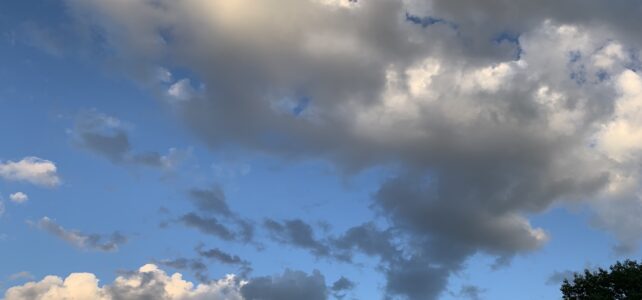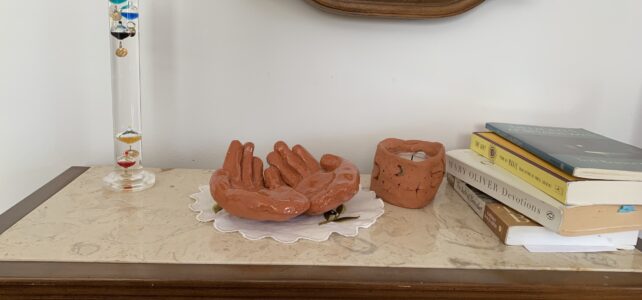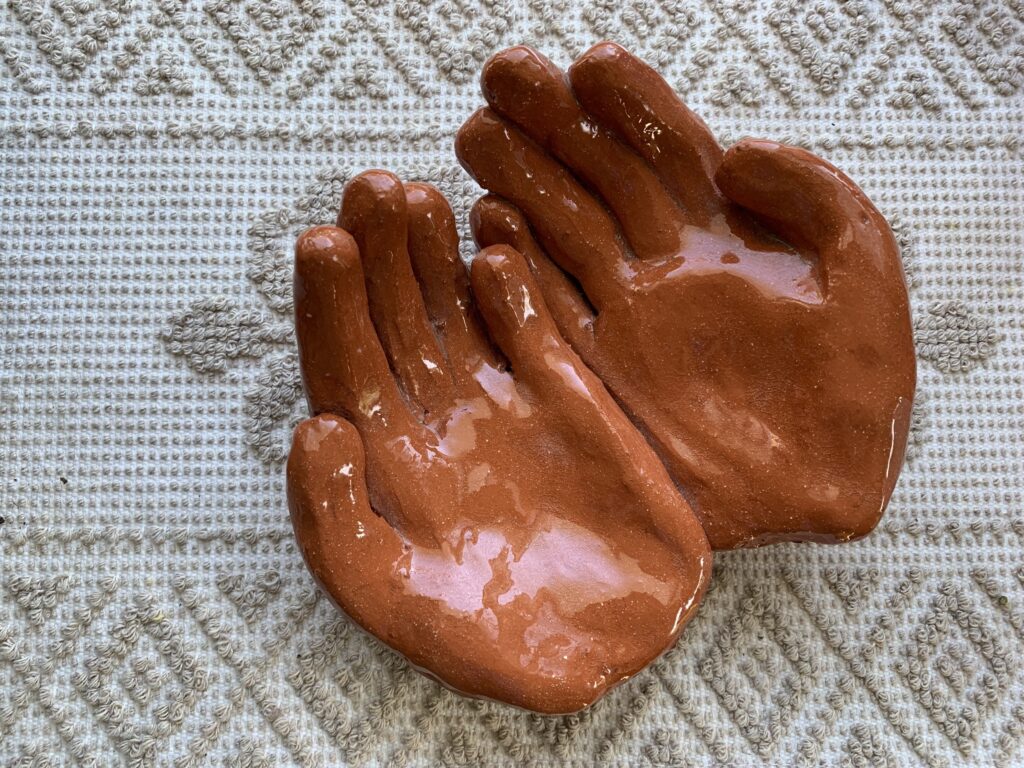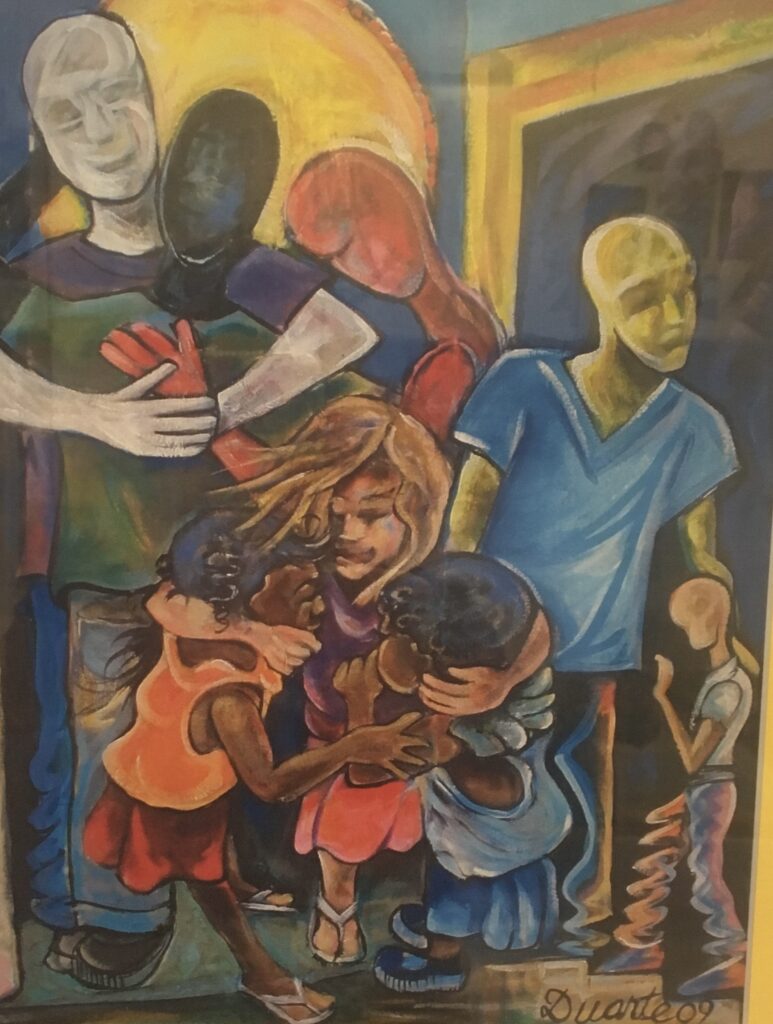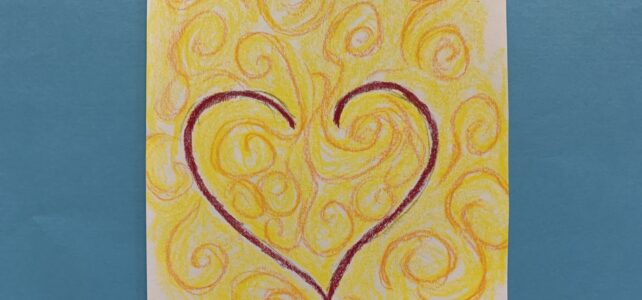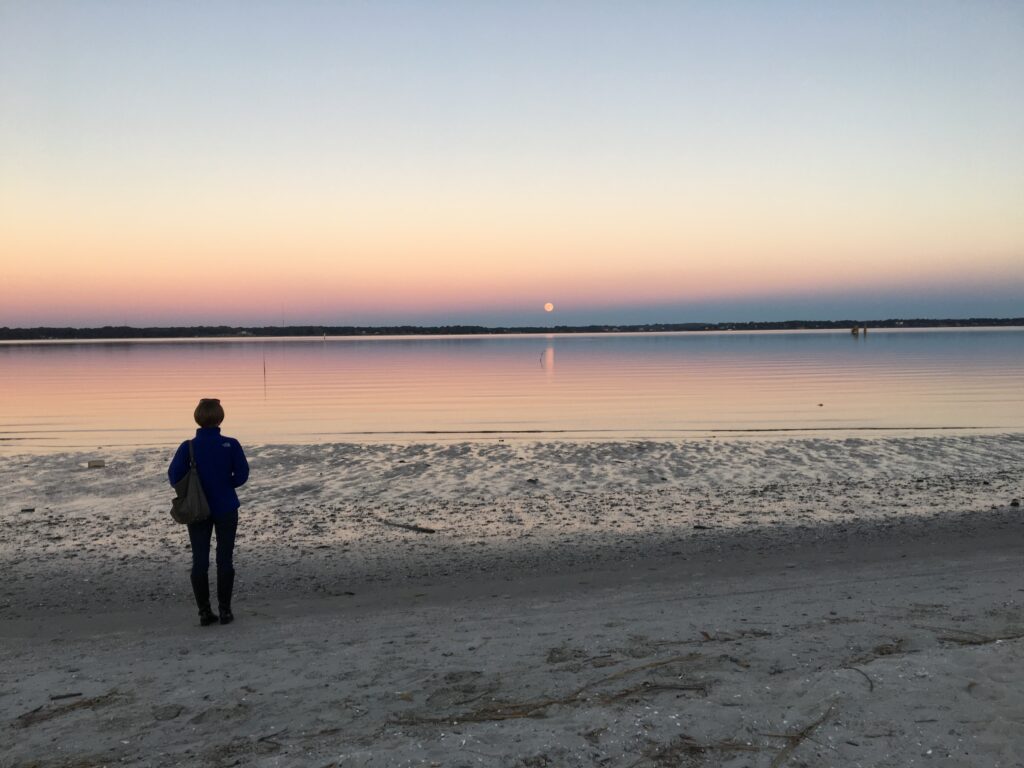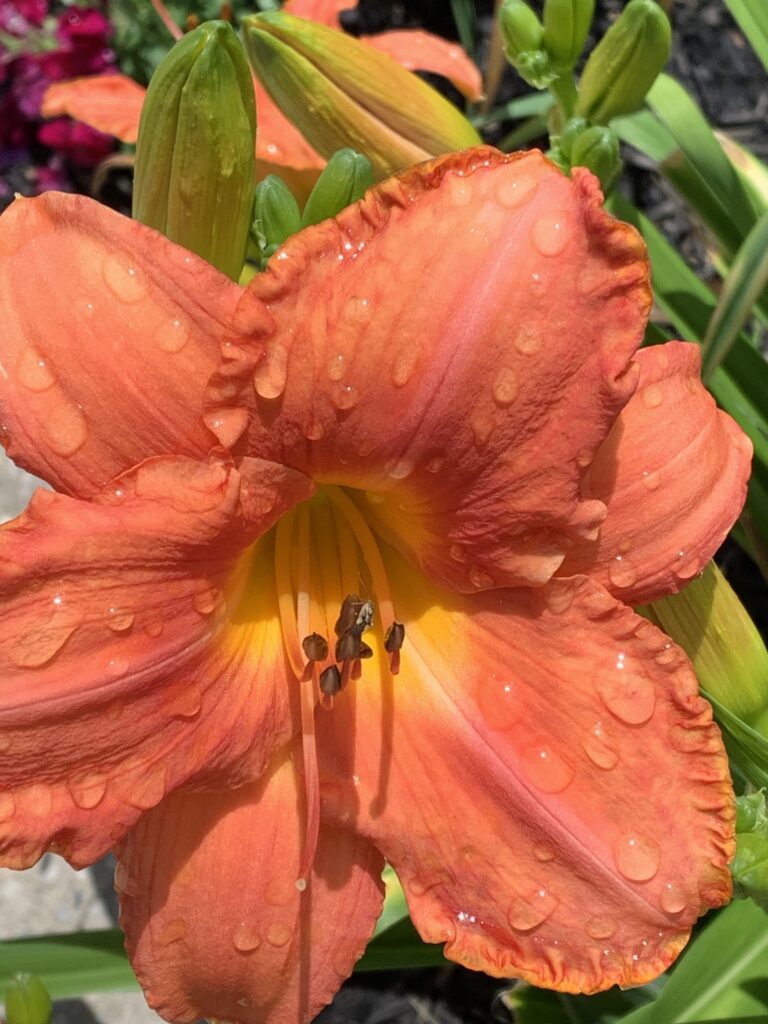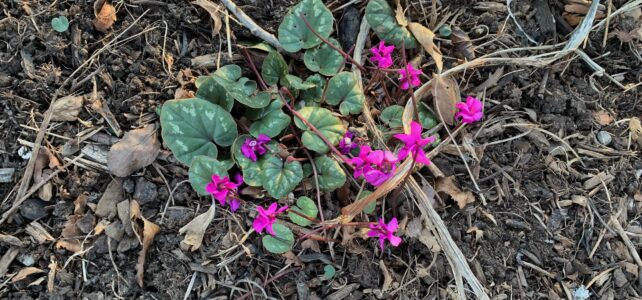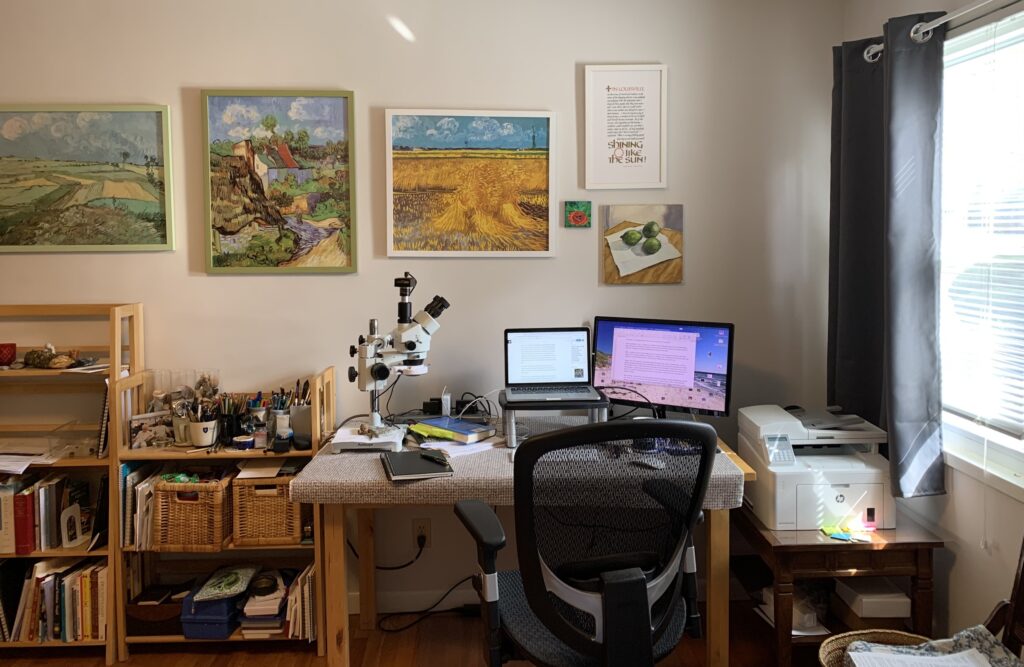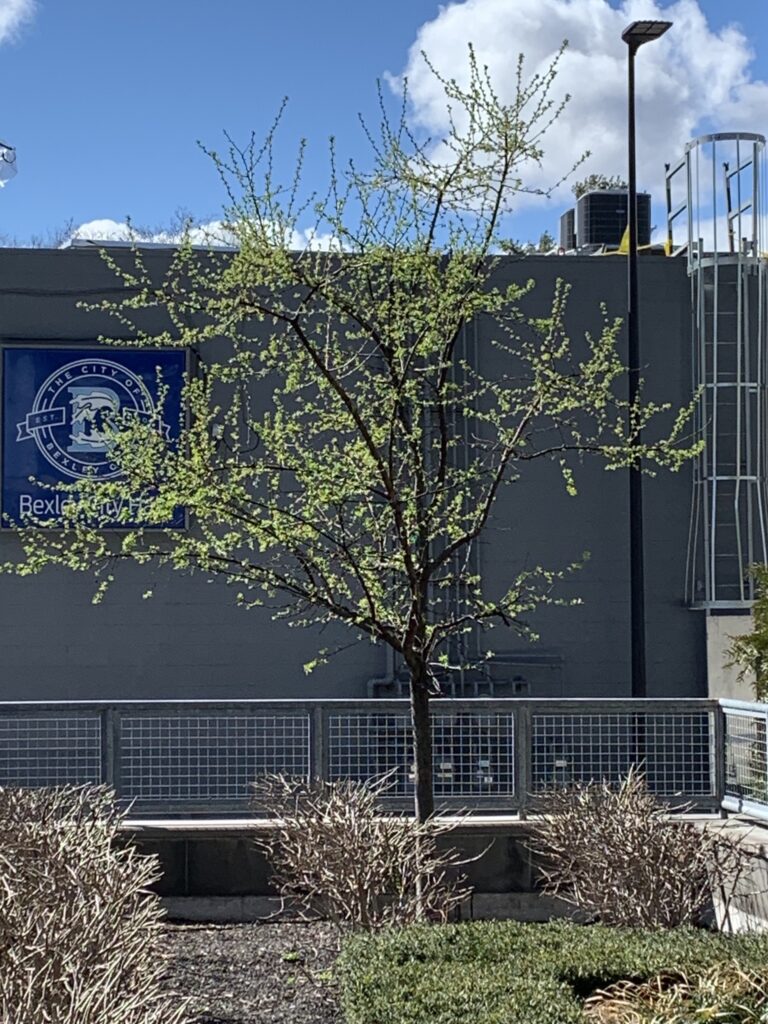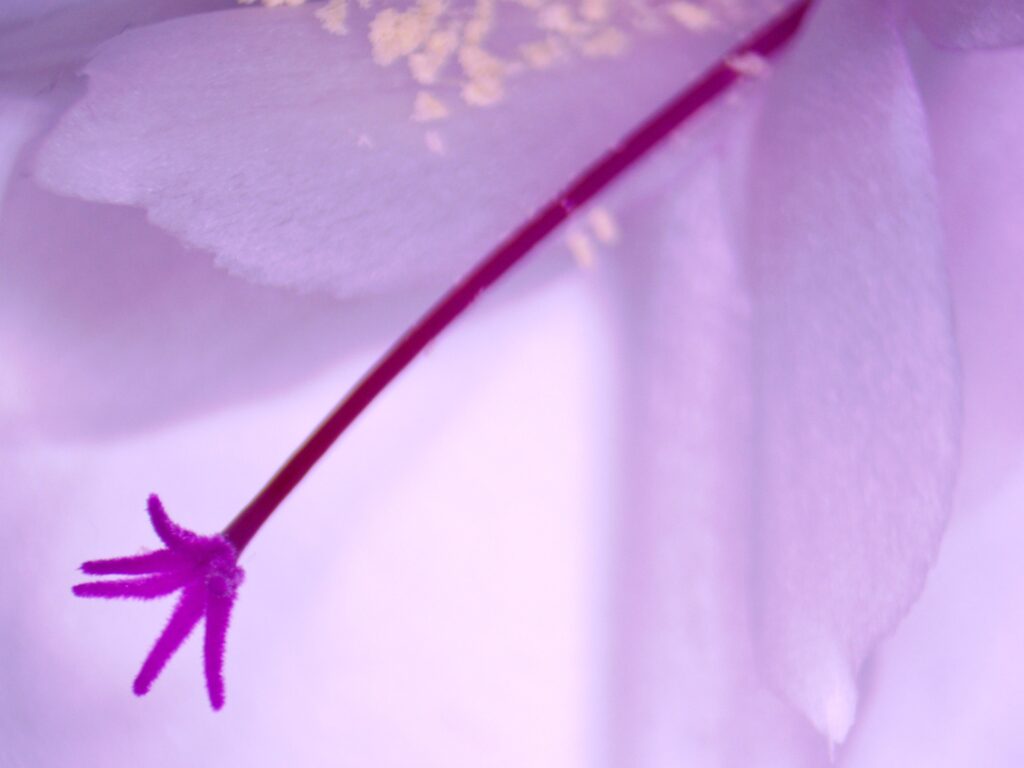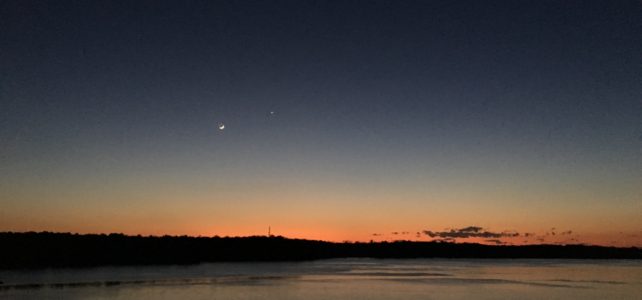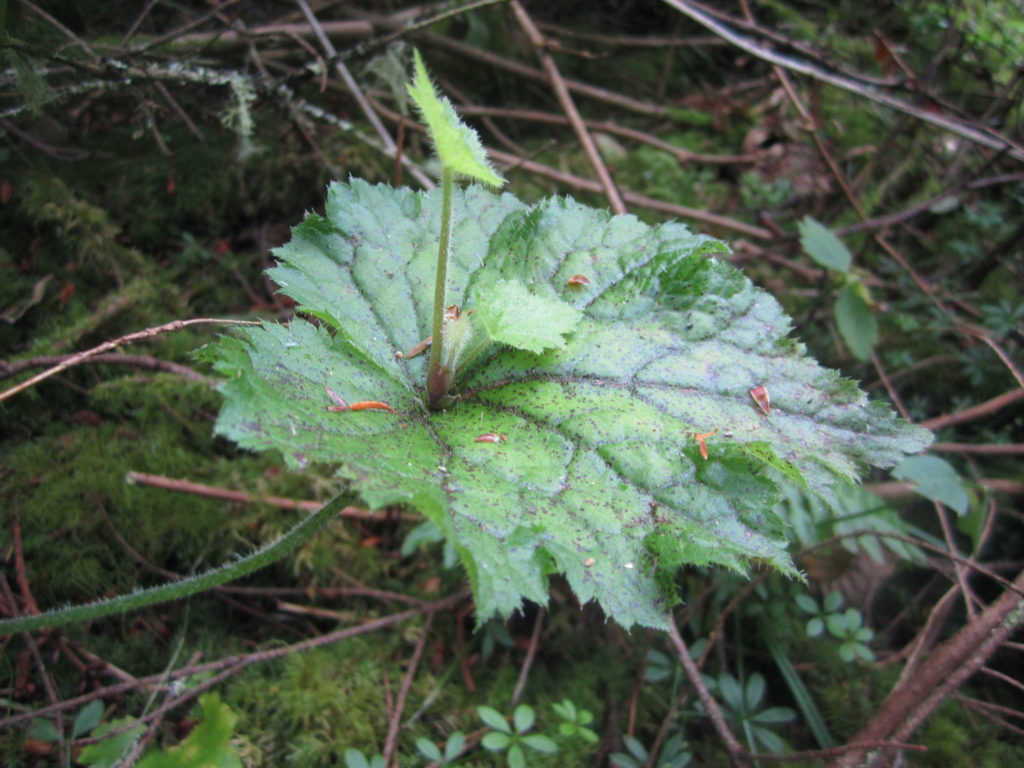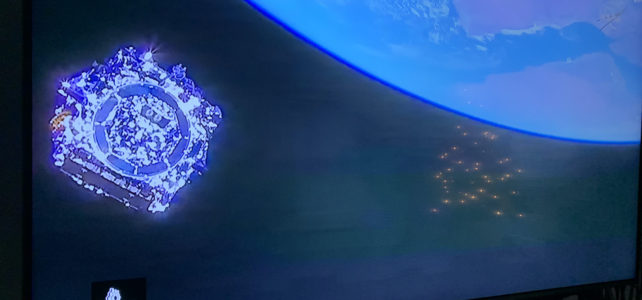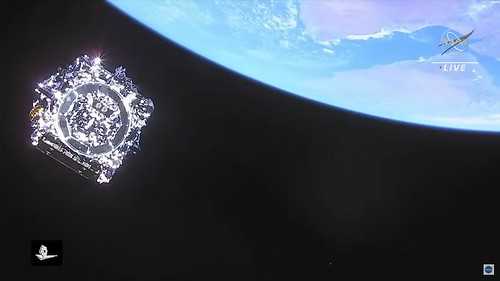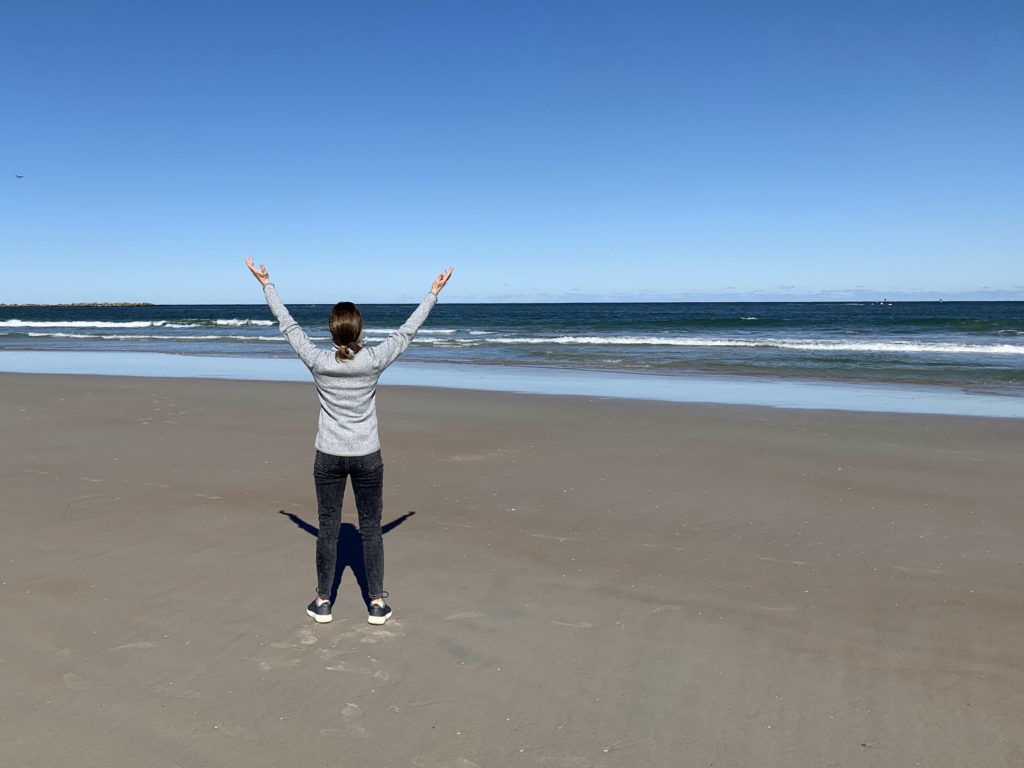In honor of National Poetry Month, I offer this poem.
Baptism It happens sometimes in early spring or fall or any bright day when the air is chill despite our star’s faithful burning. I’m walking outside and everything is shining. Suddenly the sky – - flowing around every bit of matter in its path - transforms, and I now walk through water that yields just enough to let me enter. With every step I’m encased in a glorious glove of cool, liquid shine. I can’t see the stuff sky has become, but my heart quickens and I must make an effort not to fall on my knees. I glance at other walkers and wonder if they feel the same or if this is a private miracle, a baptism that opens my soul to morning’s glory, that refuses to let me move on ungrateful. I can’t remember the first time I knew sky could turn into water and back to breath again in an instant.
It doesn't matter.
Nor does how.
Content with mystery
being mystery,
when the moment passes
I emerge into air-breath,
changed as surely as if I’d been walking the beach
and waded into the water
and crouched beneath a wave as it washed over me
and rose up
renewed, awake,
in love with the world again.
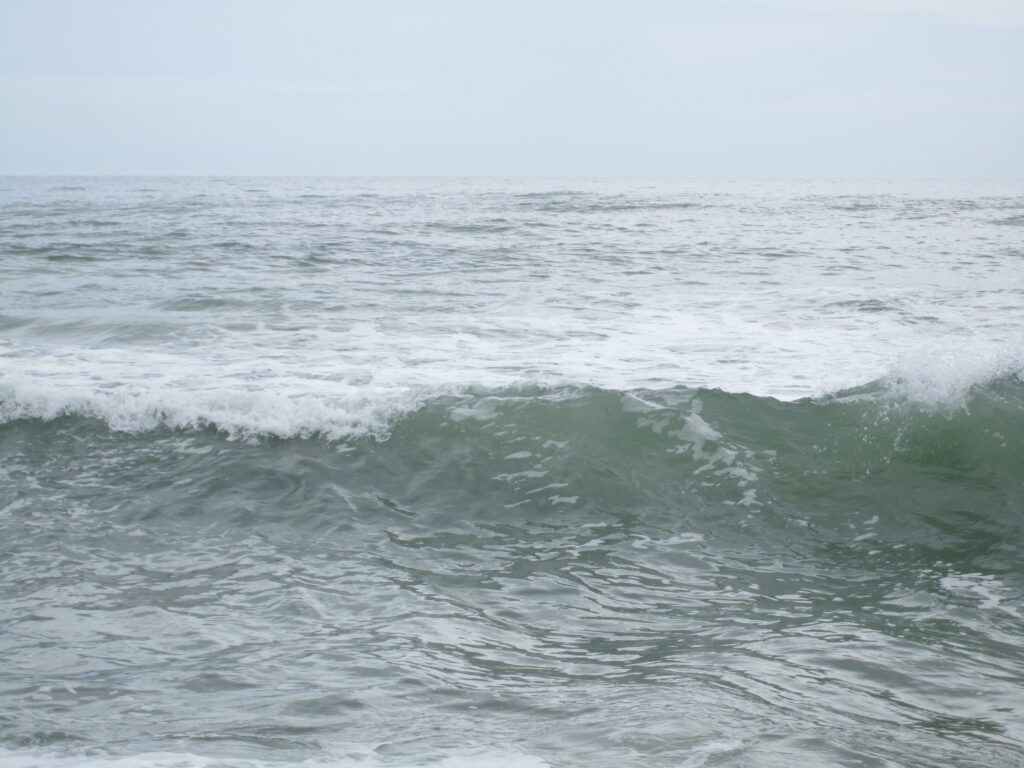
© 2024 Mary van Balen
Photos: Mary van Balen
